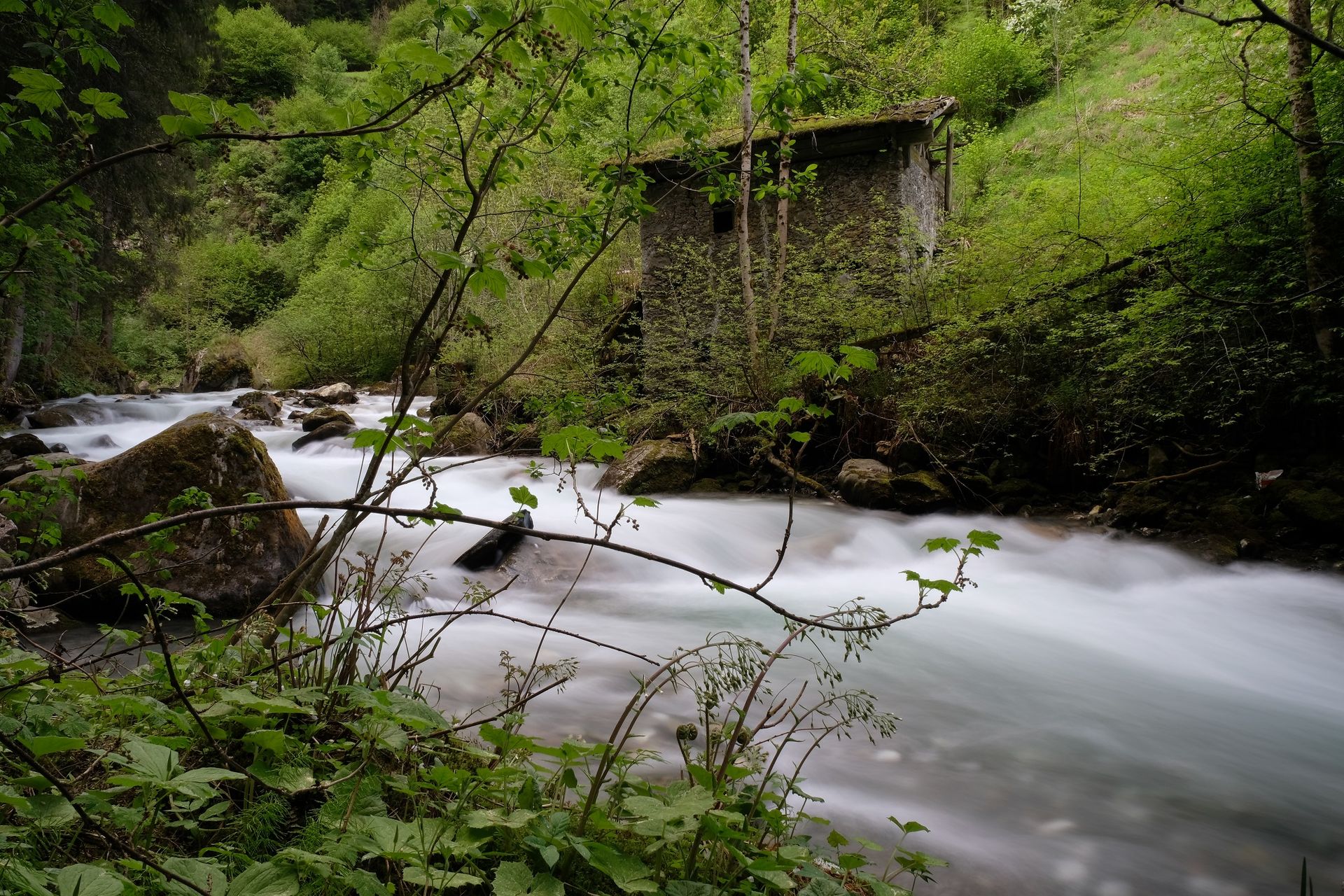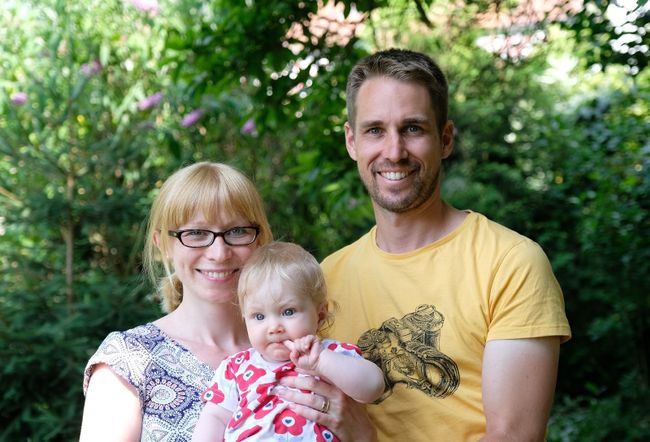Short trip to Armenia
Ishicilelwe: 22.09.2018
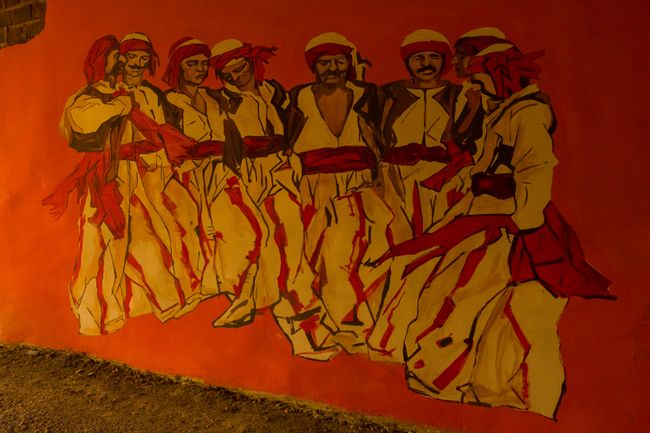
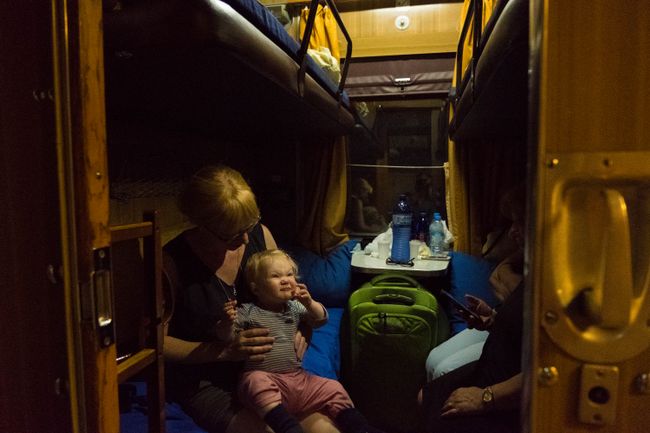
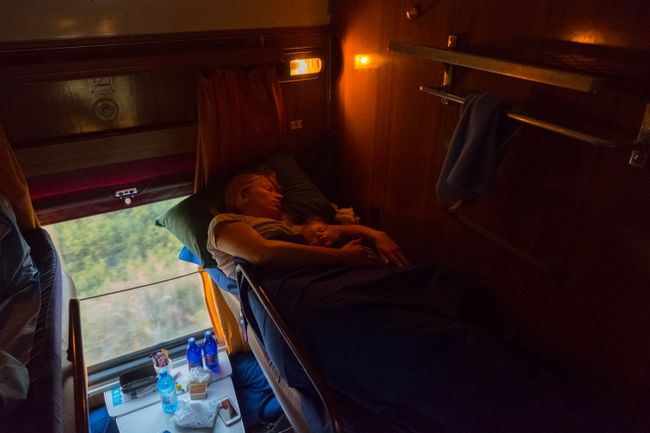
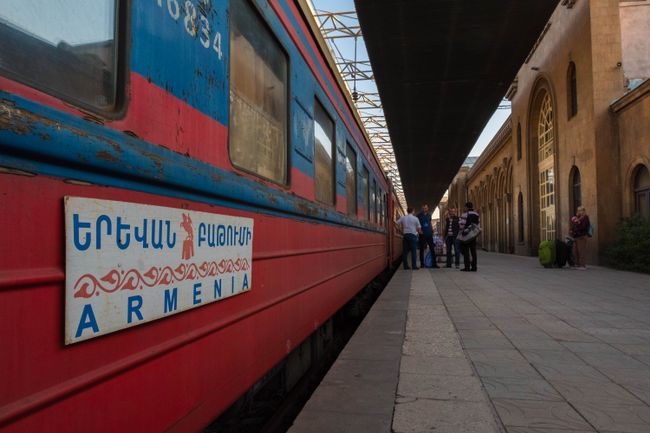
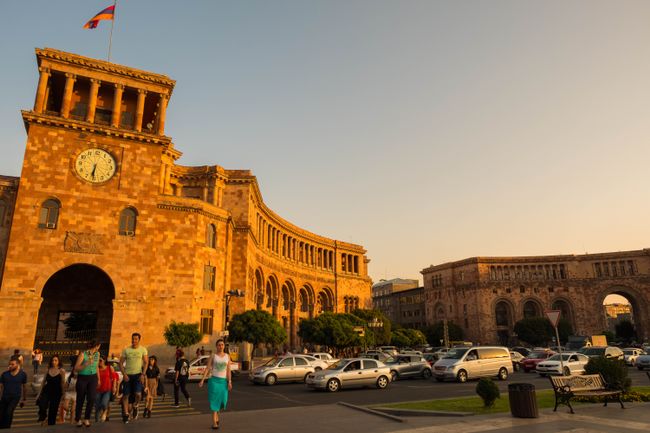
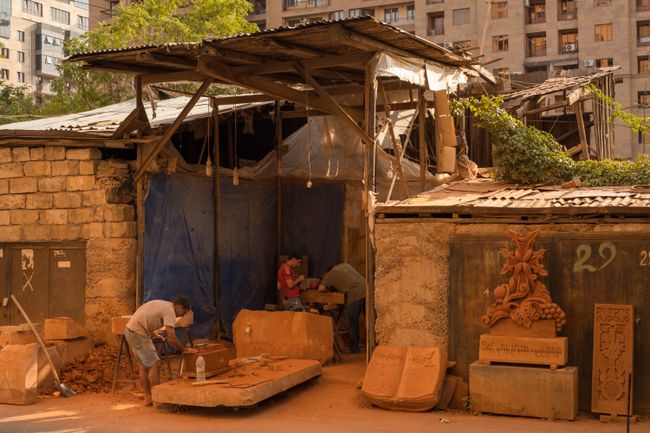
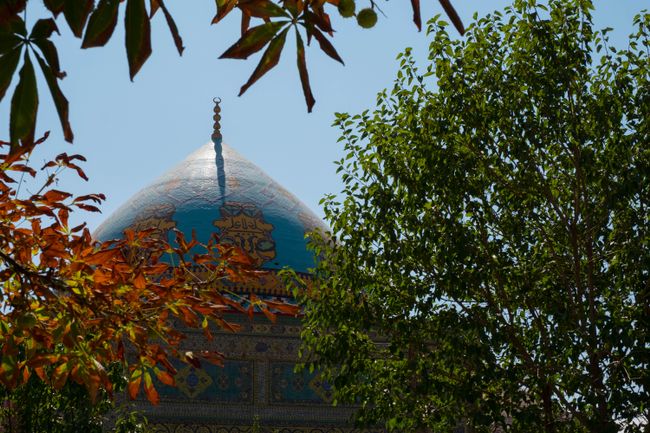

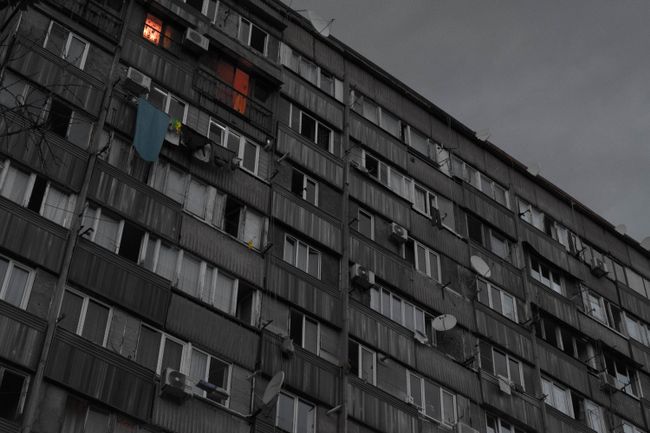
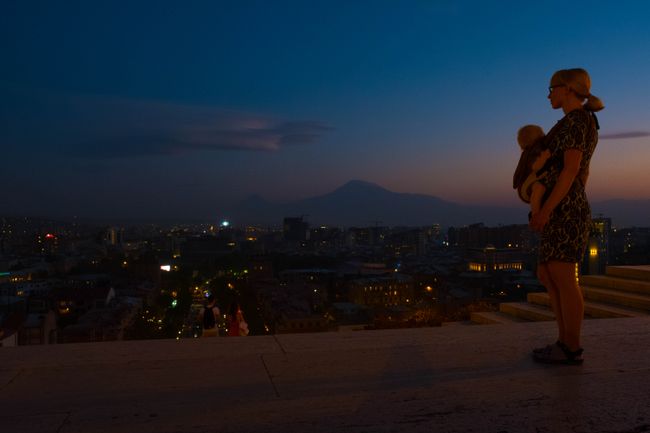
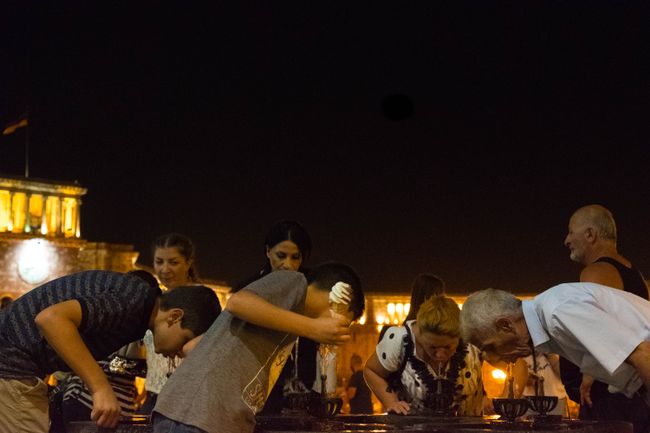
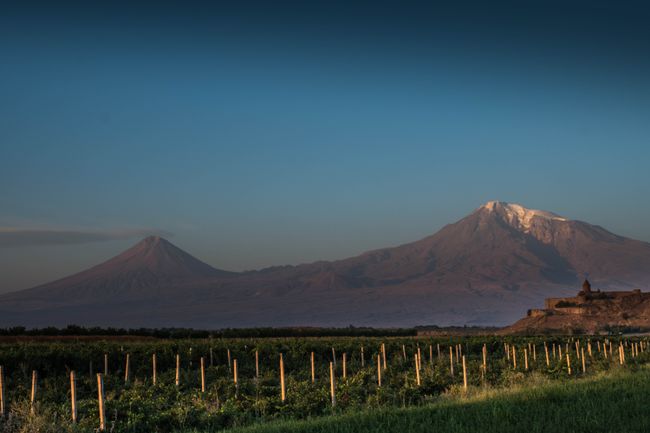
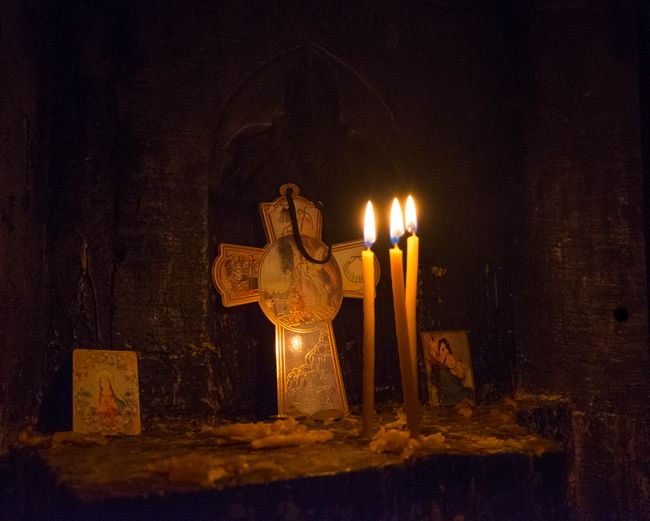
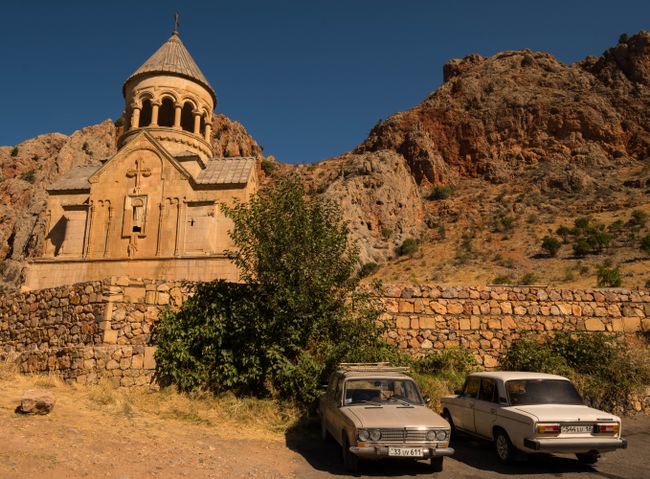
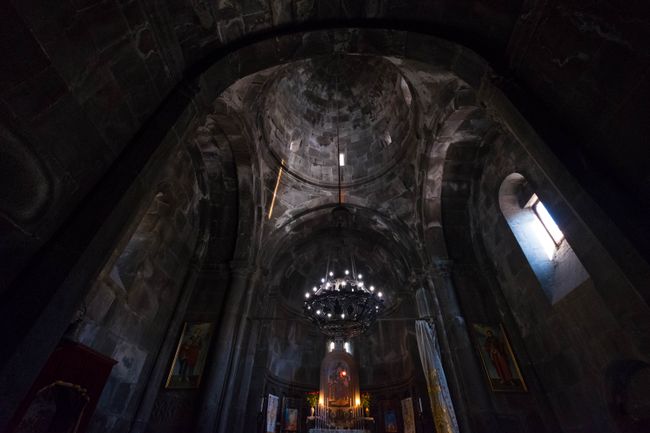
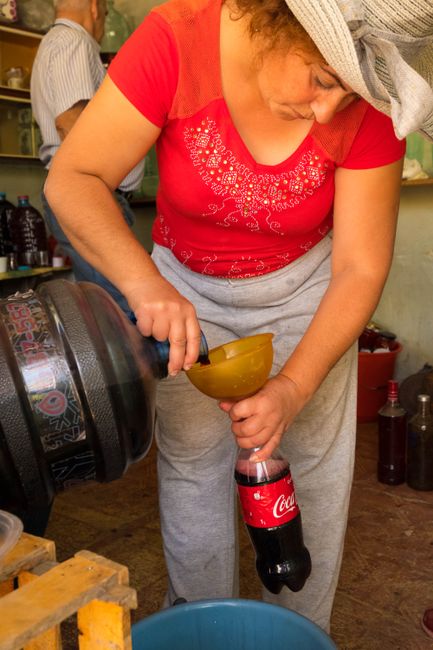
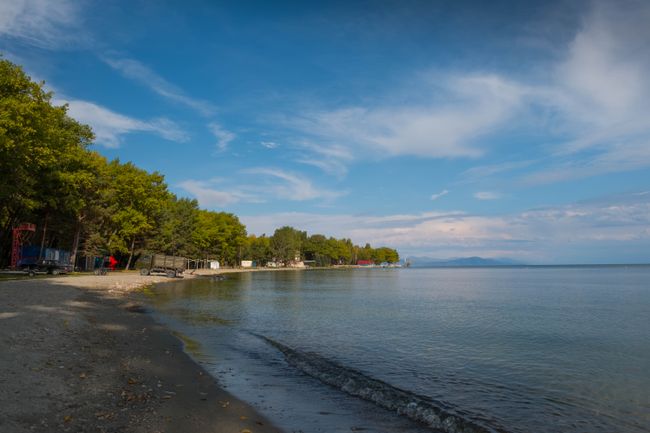
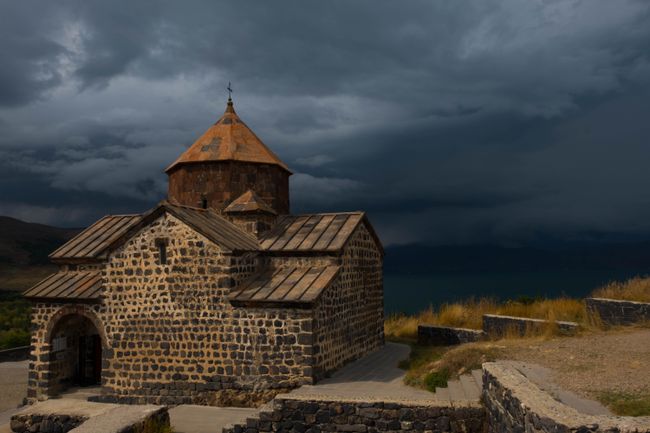
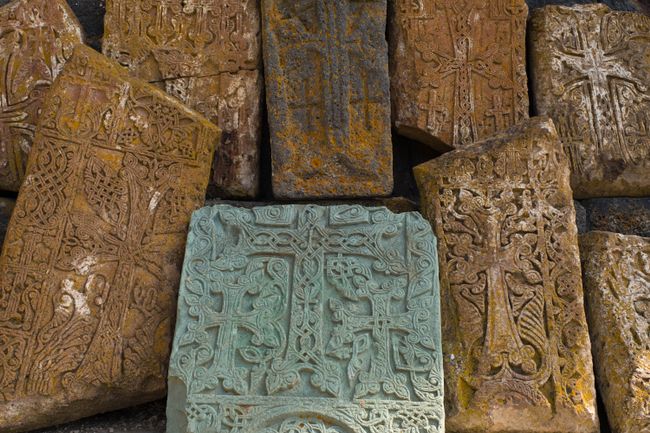
Bhalisela i-Newsletter
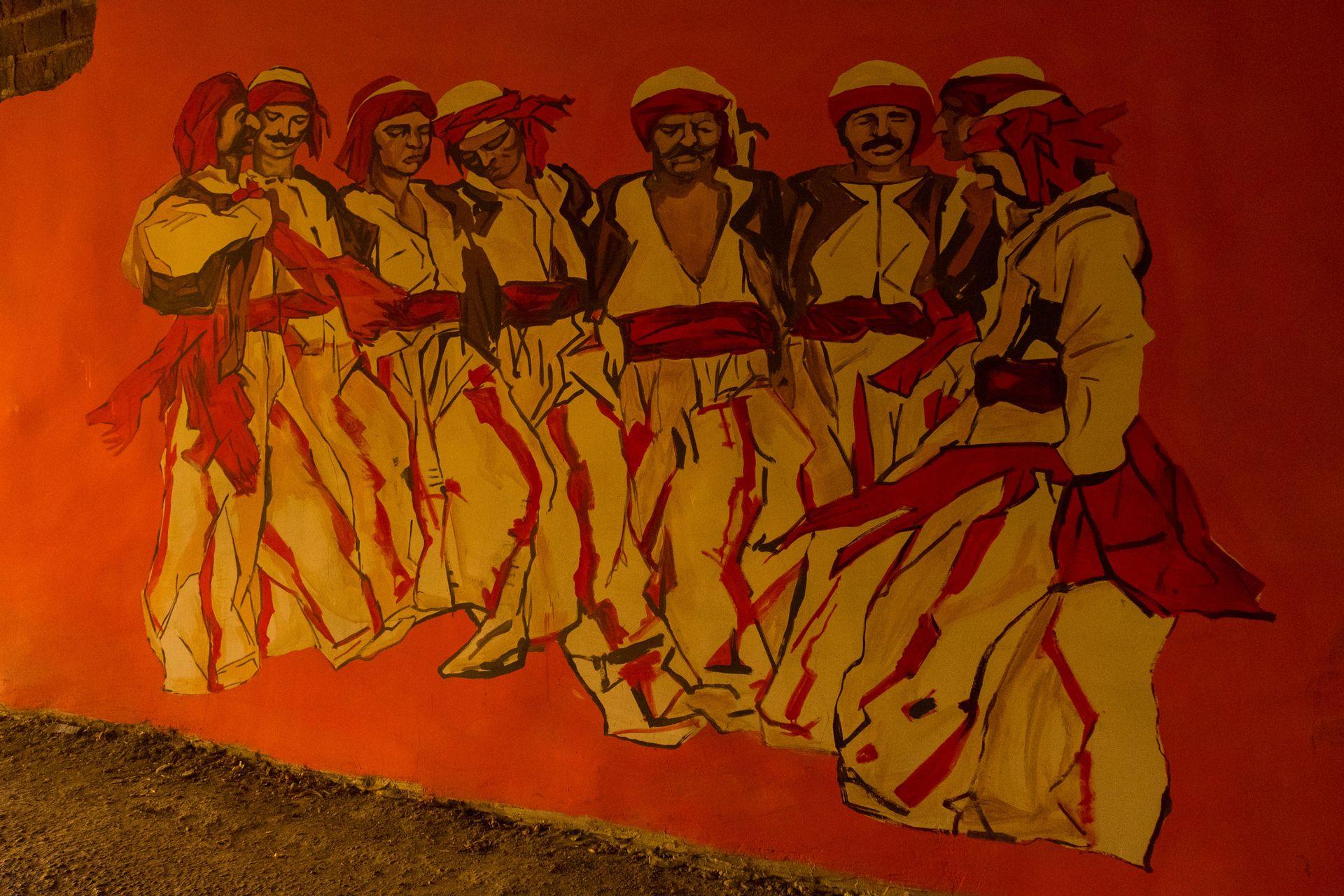
We set off for Armenia from Tbilisi by night train, as it is called in the local language. The journey itself was an experience! We had the two upper berths in a four-person compartment. It rattled and shook, and even we were surprised that Antonia slept like a bear.
The Georgian border police officer was also surprised when he was handed a passport from a baby in the middle of the night. So surprised that he came back ten minutes after issuing the exit stamp to check the passport again. But he actually just took a photo, probably to show his colleagues or his wife later.

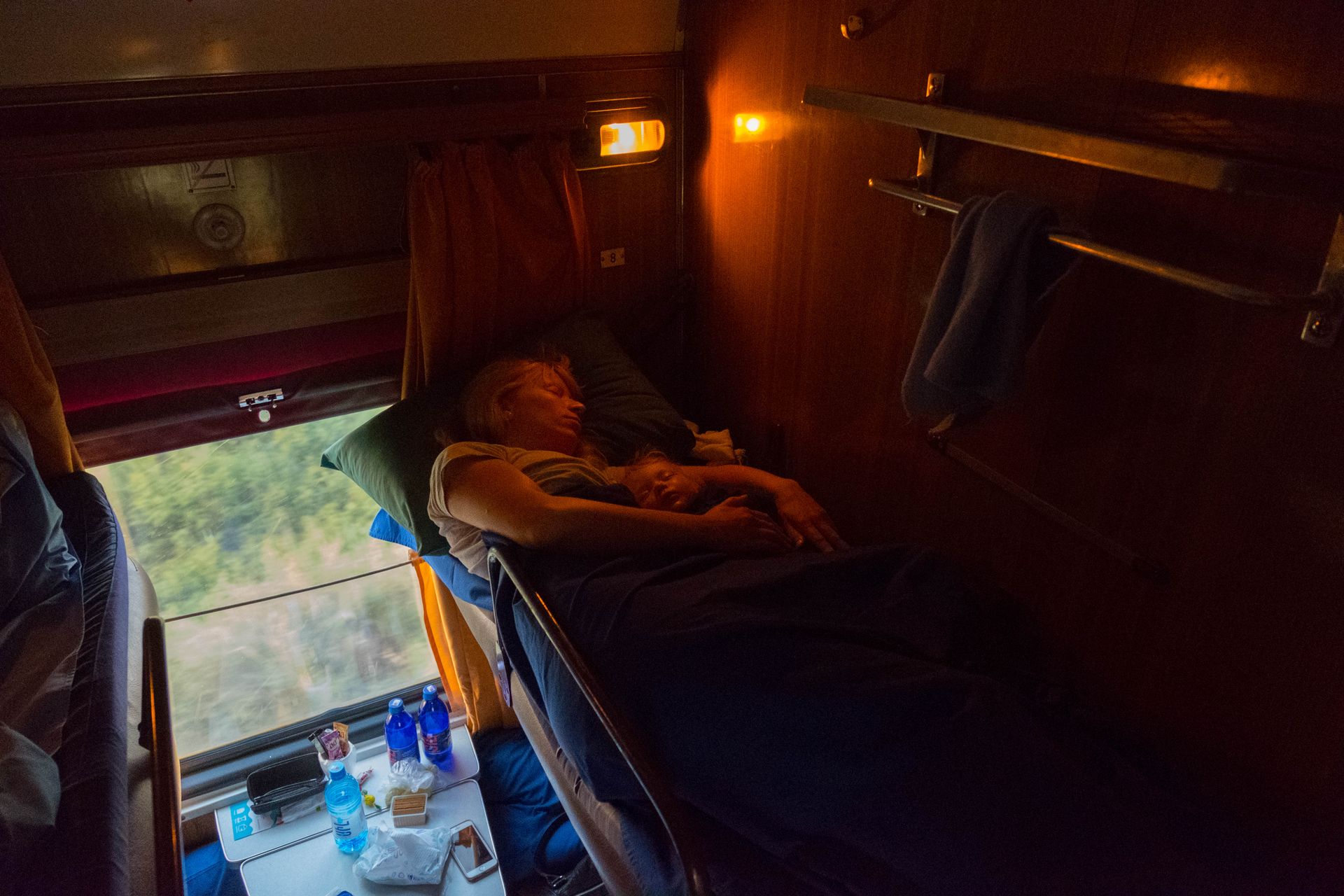

We imagined Yerevan, the capital of Armenia, to be small, winding, and dusty. We were surprised by an orderly cityscape, pompous buildings, and wide boulevards with German luxury cars. Yerevan is clean, drinking water fountains bubble up on spacious squares, and even the heaviest Mercedes stops without hesitation at pedestrian crossings.
You quickly realize that the city has something to tell. It has a long history influenced by many. The most noticeable influence is the Soviet one, which led to grand opera houses, organized road layouts, a metro, and sufficient housing. But it is the historical Armenian manuscripts and art objects that fill the numerous museums and give the characteristic identity to the Soviet buildings and squares through their intricate details. However, since the collapse of the Soviet Union, time has not stood still. A modern shopping mile has emerged, and the city's lifestyle is very much oriented towards the West. Especially the women value Western fashion, food trucks, as well as mobile coffee and smoothie stands are everywhere. Except that they are old Soviet trucks and minibusses that have been converted.

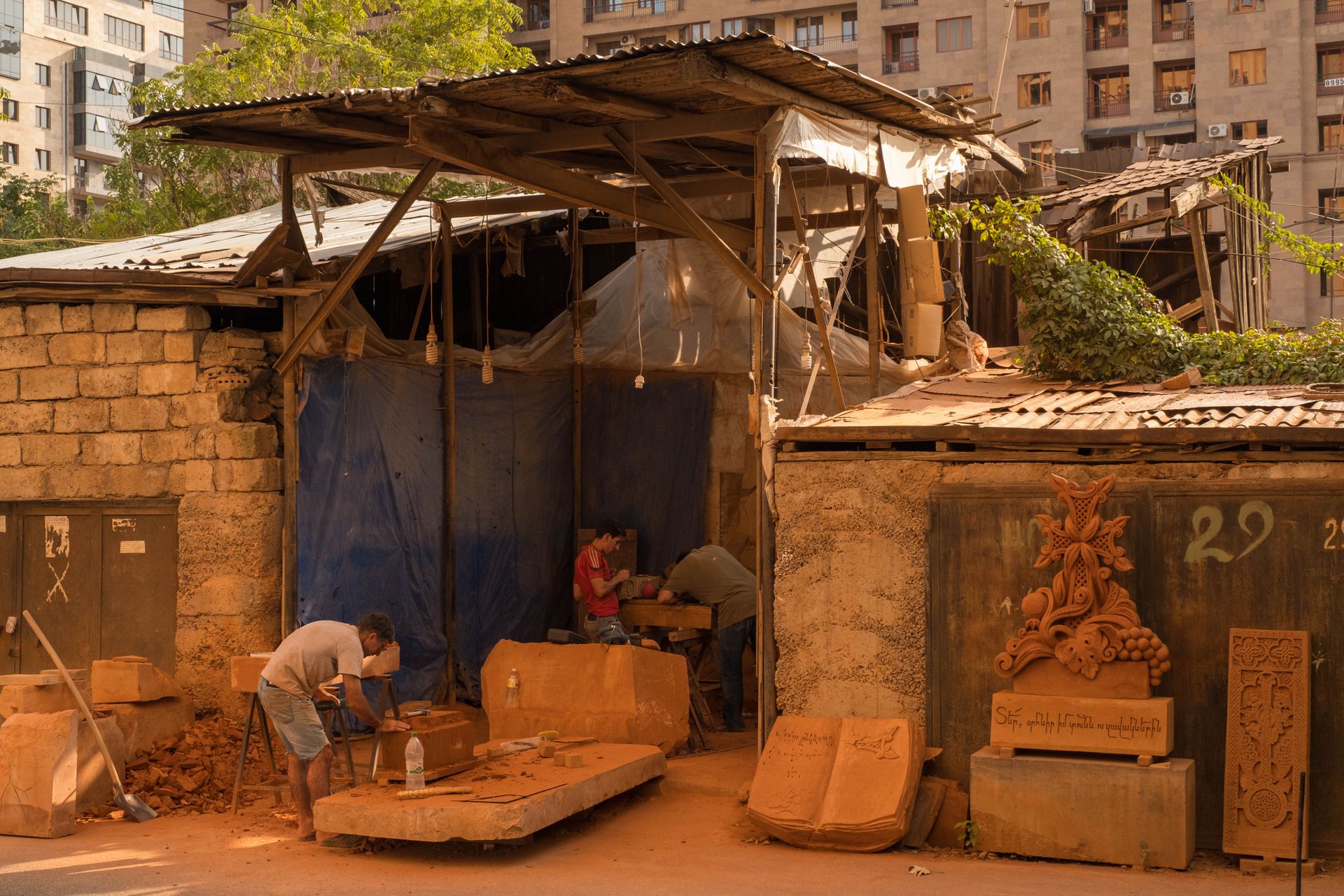


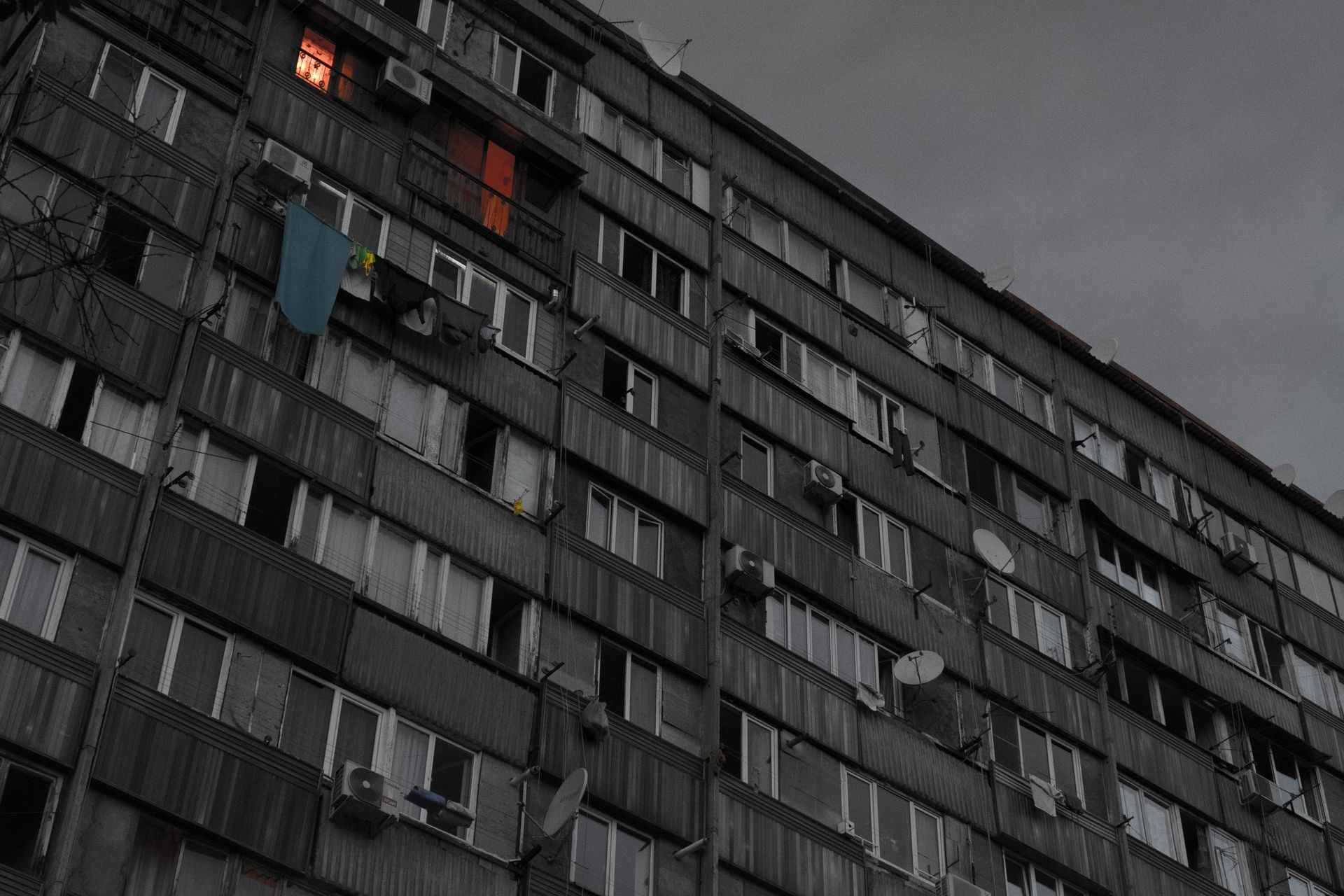
Above the city, Mount Ararat towers. Noah stranded there with his ark. For the Armenians, it is part of their national identity. After all, the country is considered the cradle of Christianity. But since Ararat is located in Turkey since the collapse of the Ottoman Empire and the accompanying genocide of the Armenians by the Turks, it is also a constant and unmistakable reminder of the suffering and injustice inflicted on this people. Therefore, it is not surprising that the Armenians do not speak well of the Turks and firmly believe that they will regain their mountain one day. "I won't live to see it," our host Varjaf said. "But Antonia might." By the way, Antonia's first tooth showed itself during our days in Yerevan. And the two white peaks that are already visible faintly - okay, very faintly - resemble the silhouette of Ararat. For us, it is another step in her development, and we are glad that she only had a fever for one day. Then her good mood returned.

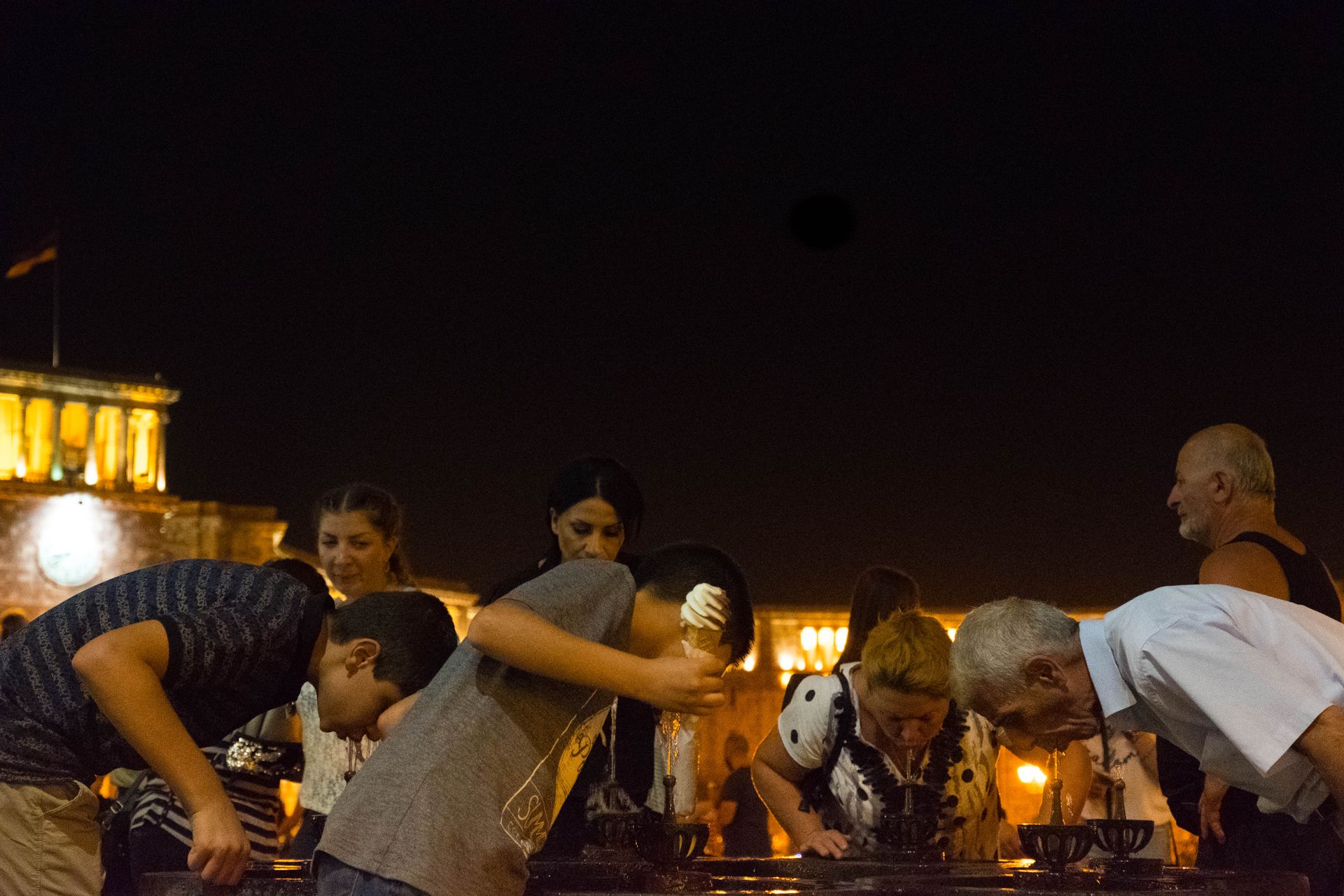
The roads leading from the city to the countryside are very well built, making excursions to rural areas highly recommended. The landscape quickly changes: the houses of Yerevan are replaced by rocky hills and mountains that dominate large parts of the country. Numerous centuries-old monasteries in sometimes very spectacular mountain and cliff scenery are worthwhile destinations. The large Lake Sevan northeast of Yerevan is also an attractive excursion spot and easily accessible. Here, too, there are churches - but surrounded by the lake - that can be visited and add the finishing touch to the landscape. The numerous ruins of factories and hotels, on the other hand, do not.
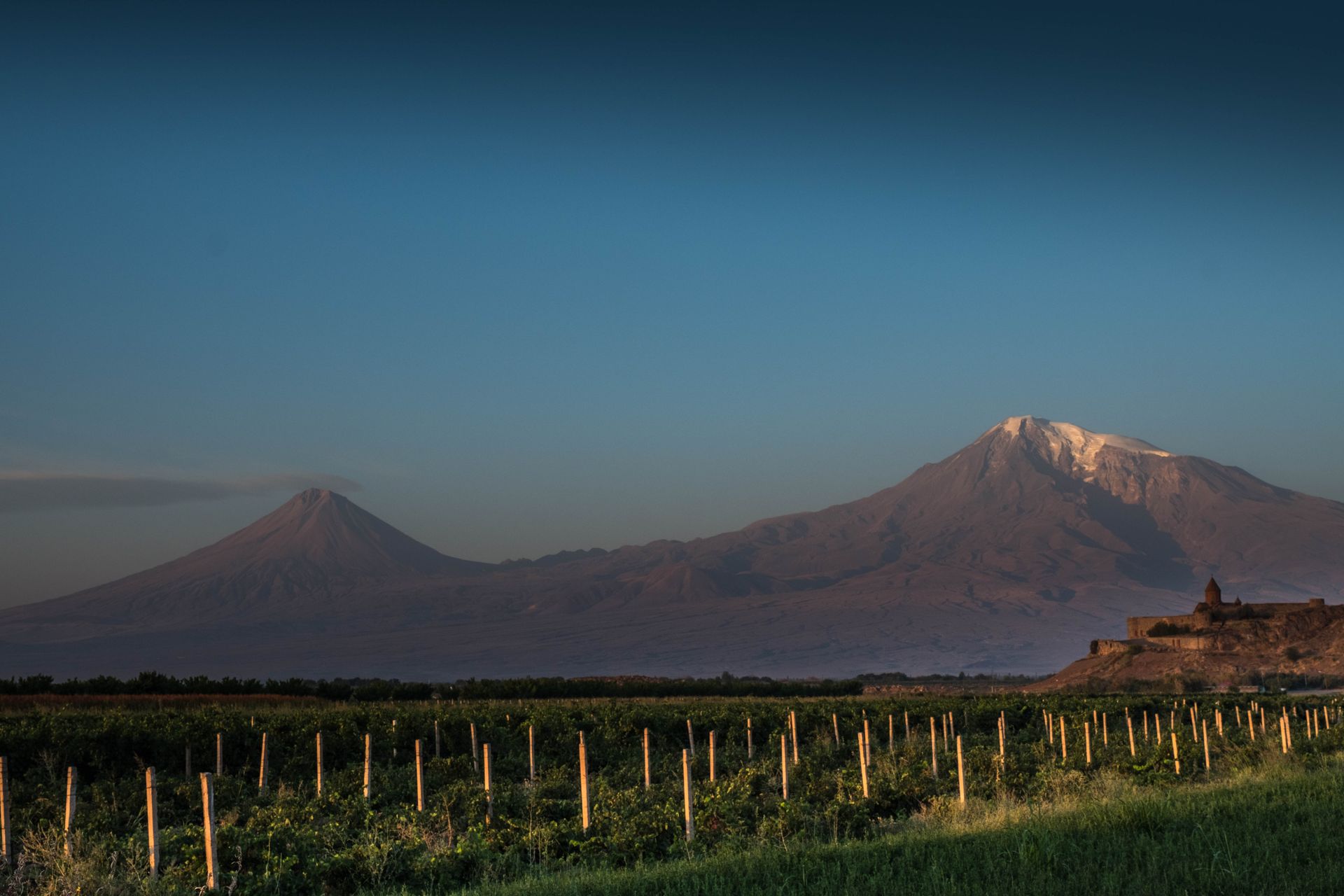

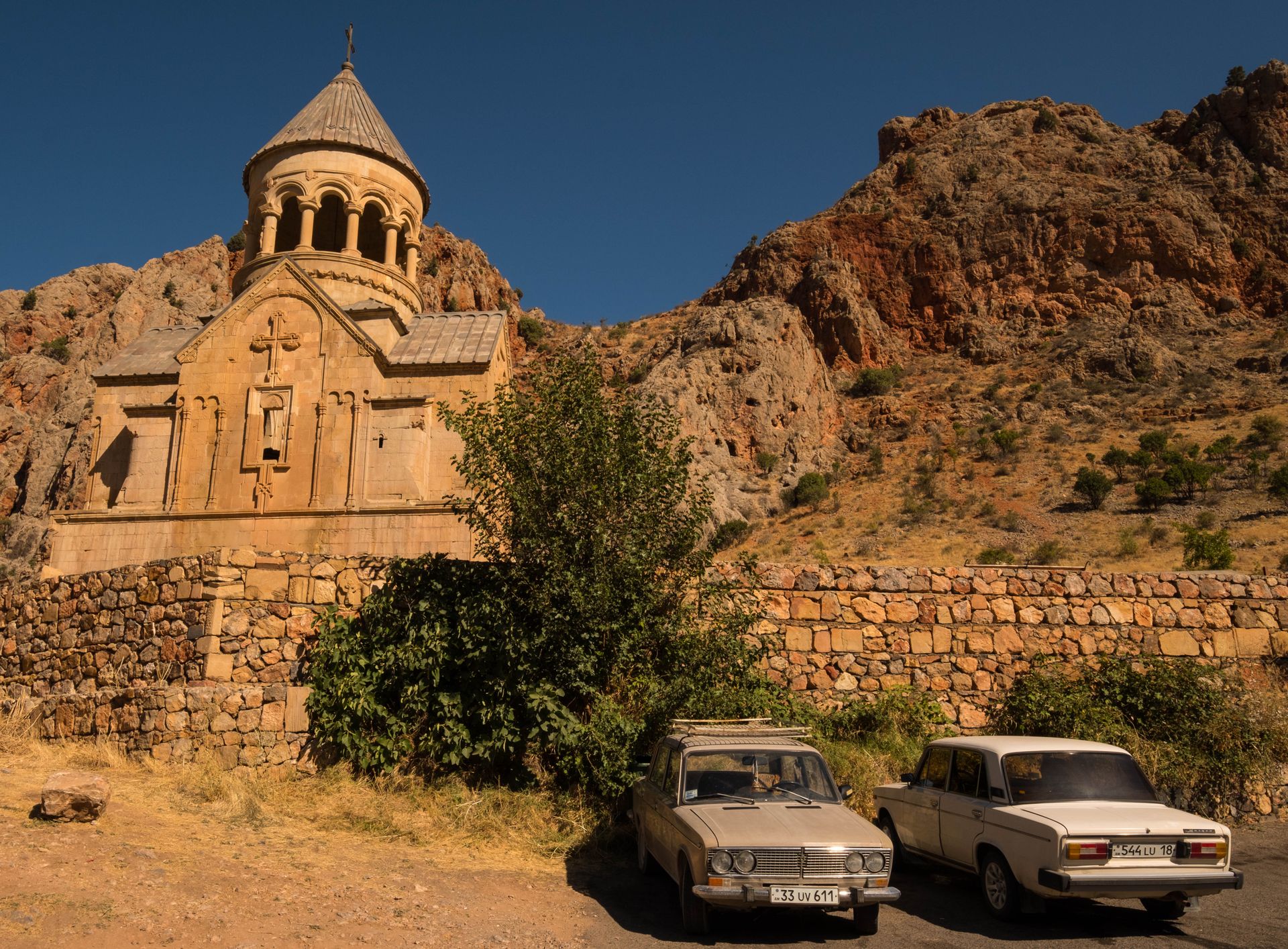
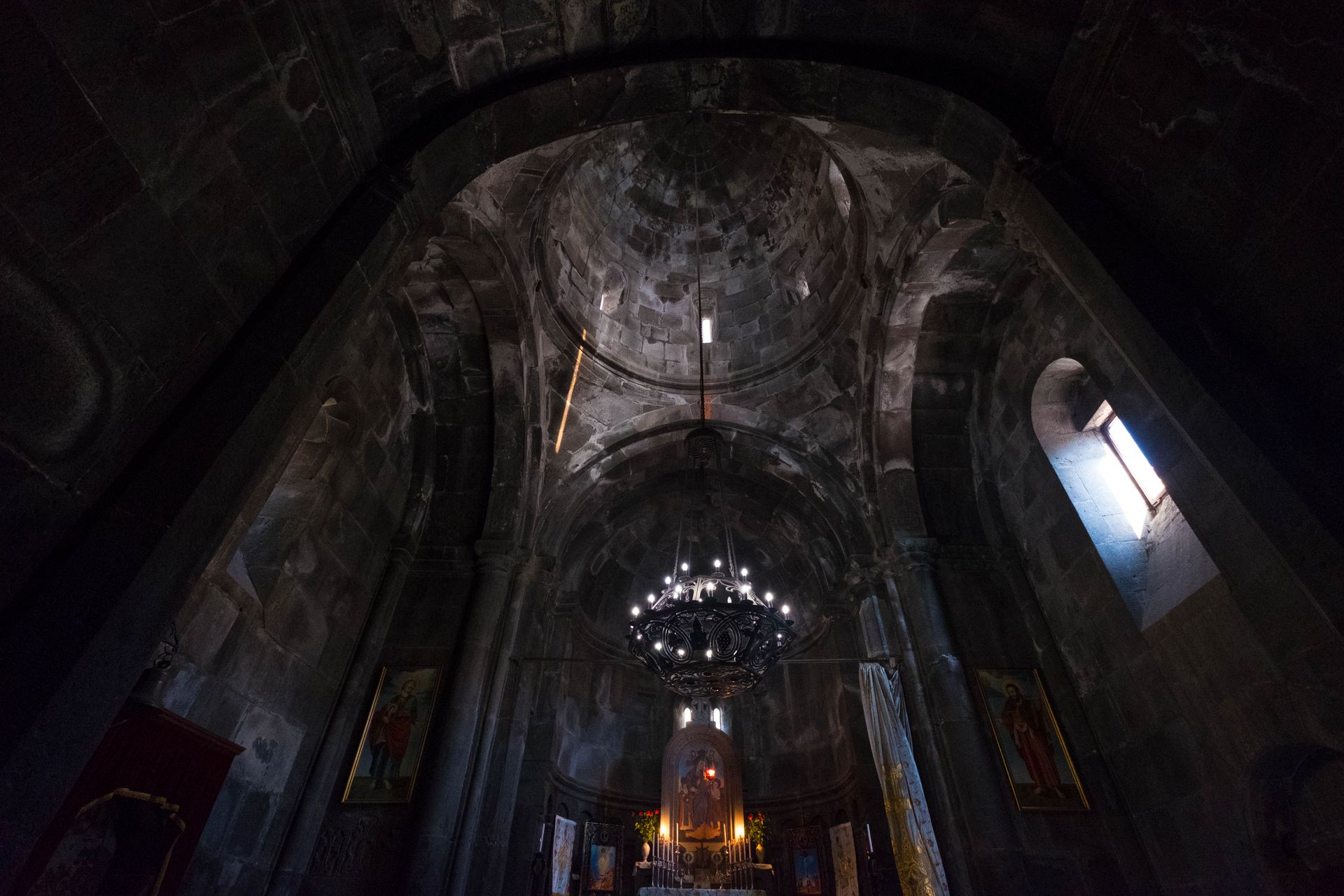
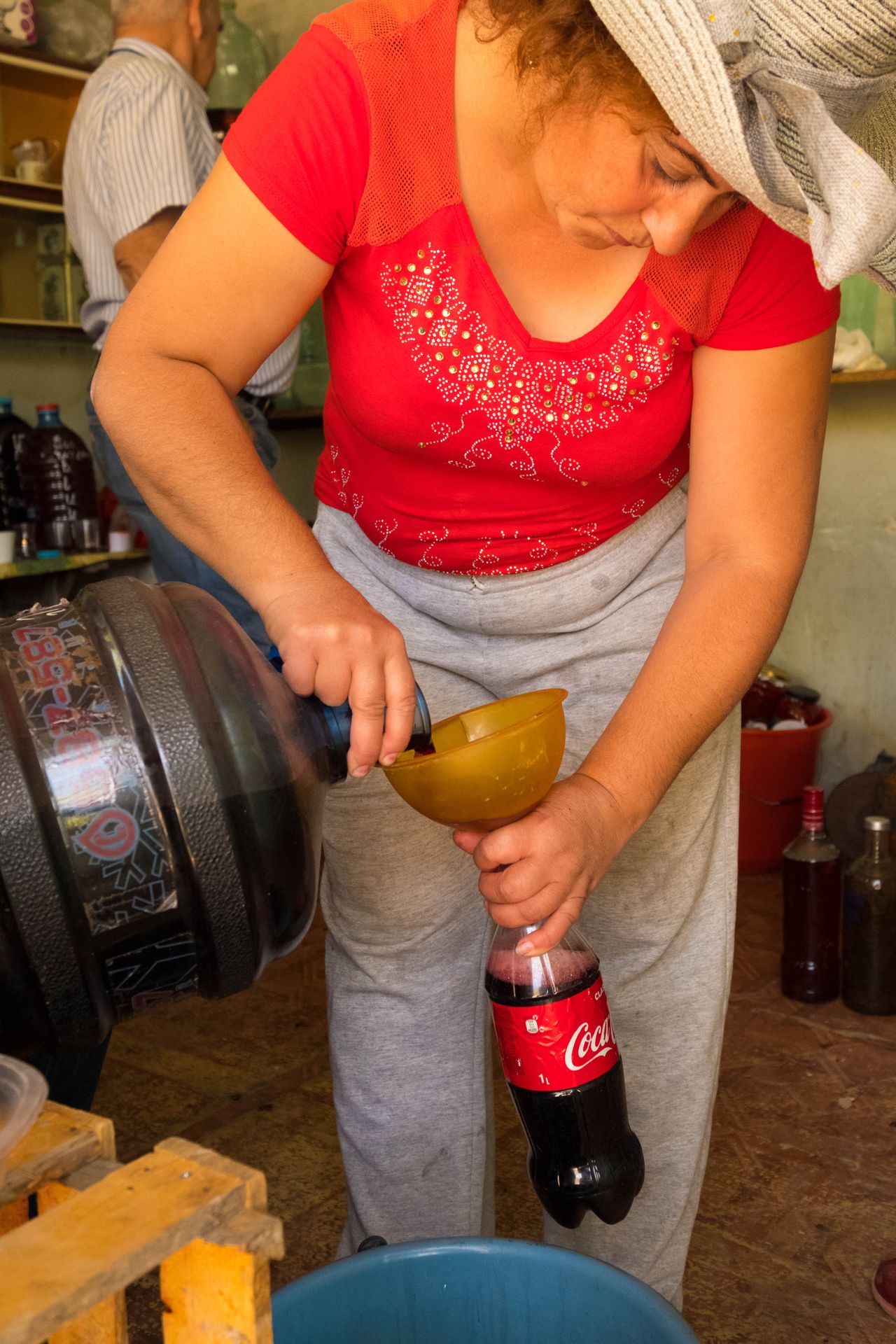


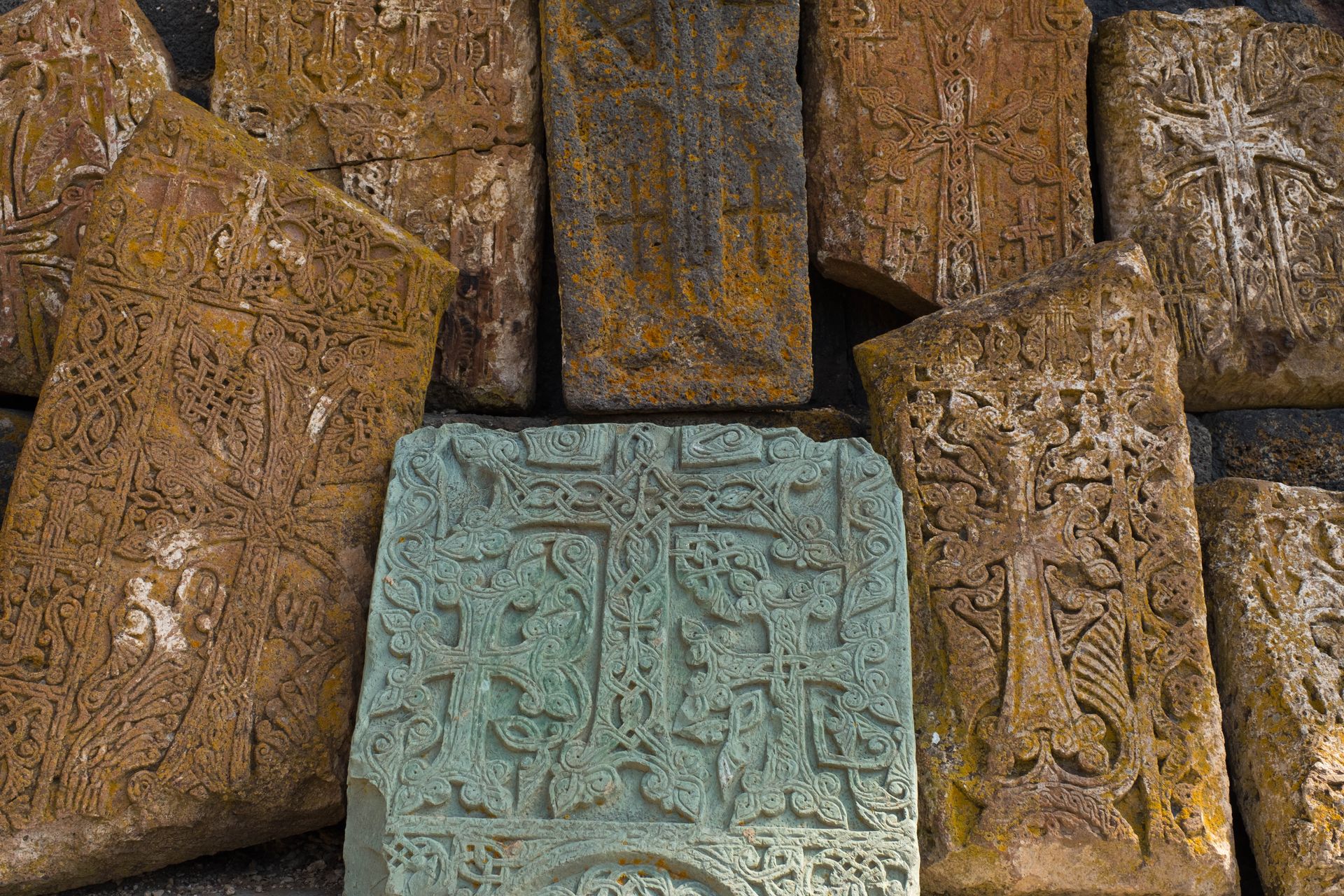
Bhalisela i-Newsletter
Phendula (2)
Ursula
Super Erlebnisse, sehr emotional mit Antonias Zahn.Yvonne
Ein Hallo aus eurer Heimat in Hugstetten, liebe Swenja, Antonia und unbekannterweise Matthias :)
Habe gerade mal euren Blog gelesen und eure tollen Bilder gesehen. Es ist absolut beeindruckend. Wir wünschen euch weiterhin eine tolle Reise mit ganz vielen neuen und wunderschönen Erfahrungen und ganz vielen neuen Entwicklungsschritten mit Antonia. Ganz viele Grüße von uns.
Yvonne und Nils aus dem Babytreff :)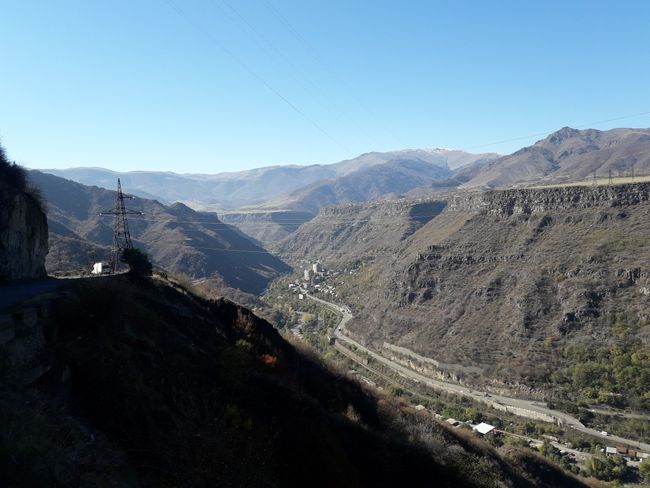
Imibiko yokuvakasha I-Armenia
